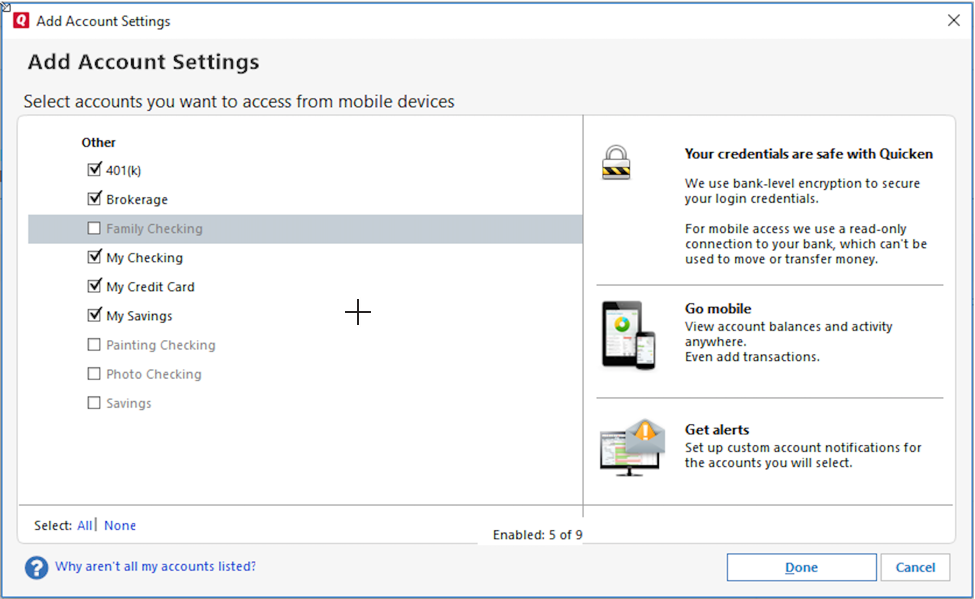
Then click 'Import File', select created QIF file. To import a QIF file, select 'File' - 'Import transactions'. Before importing a QIF file make sure to backup your data. Now the QIF file is created, let's switch to Banktivity and import created QIF file. Make sure to set the Account Name and the Account Type to create a QIF file for the right account. Select the QIF Target to match your Quicken version or your accounting software: Quicken 2018+, Quicken 2017, Quicken 2015-2016, Quicken 2014 or earlier, Banktivity, Microsoft Money, NetSuite, MYOB, Reckon, YNAB, Quicken 2007 for Mac, Quicken UK, AccountEdge. Review transactions before converting, check that dates are correct, have the correct year, deposits, and withdrawals are assigned correctly. IMPORTANT: Bank2QIF is now replaced with the Transactions app, which converts from more formats and converts to more formats.
#Quicken 2015 for mac export to excel pdf
Start Bank2QIF and select the transaction file (it could be QBO file, OFX file, QFX file, QIF file, PDF file, MT940 file, or STA). Download it from the Bank2QIF download page. Make sure you are using the latest version of Bank2QIF. You can review transactions and use Renaming Rules if you like. For Quicken 2018 or later you have to select the actual account. To import a QIF file, select 'File' - 'File Import' - 'QIF File', select created QIF file.įor Quicken 2017 or earlier, it is important to select ''All Accounts''. Now the QIF file is created, let's switch to Quicken and import created QIF file.

Import created QIF file into Quicken 2017
#Quicken 2015 for mac export to excel software
Quicken expects date format as MM/DD'YYYY, regardless of your system settings, and other software may expect your system date format.Ĭlick the 'Convert' button to create a QIF file. Set the Account Name and the Account Type to create a QIF file for the right account. Select the QIF target to match your Quicken version or your accounting software. Review transactions before converting, check that dates are correct, have the correct year, deposits and withdrawals are assigned correctly. You may also copy your data from an open spreadsheet like Excel and paste it inside the application. Start CSV2QIF and select the CSV or Excel file.

Download it from the CSV2QIF download page. Make sure you are using the latest version of CSV2QIF. Start Bank2QIF and select the transaction file (it could be QBO file, OFX file, QFX file, QIF file, PDF file, MT940 file, or STA). Follow the steps below for the Windows version, followed by the Mac version.

Follow the steps below for the Windows version, followed by the Mac version.


 0 kommentar(er)
0 kommentar(er)
